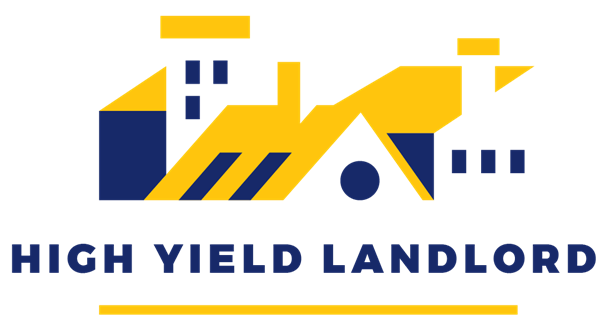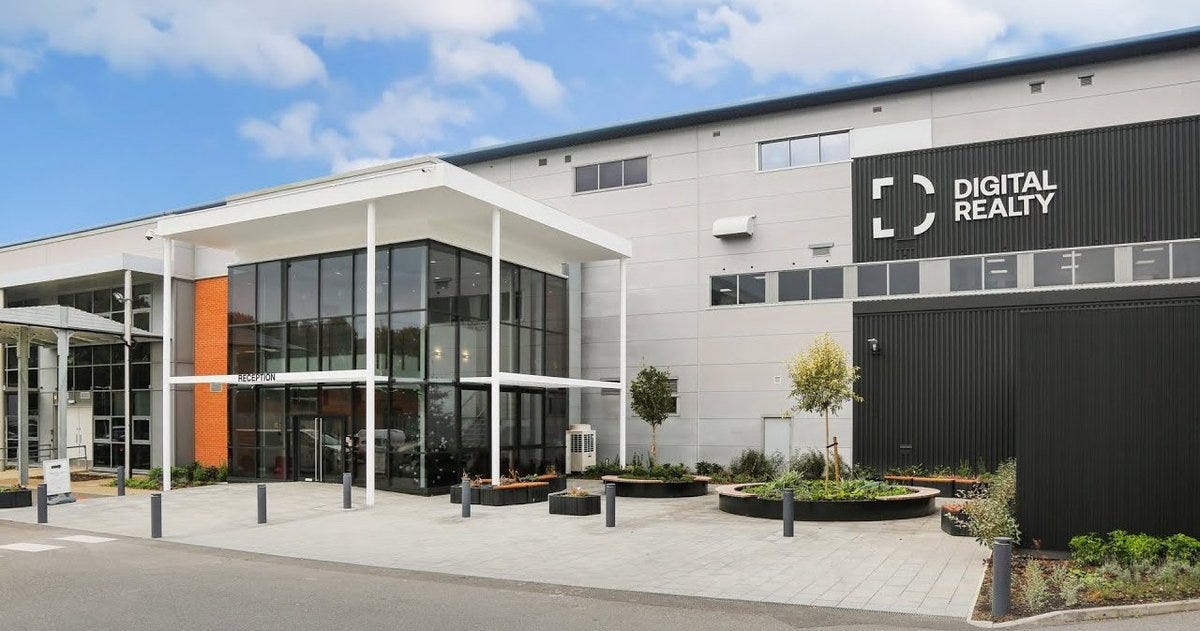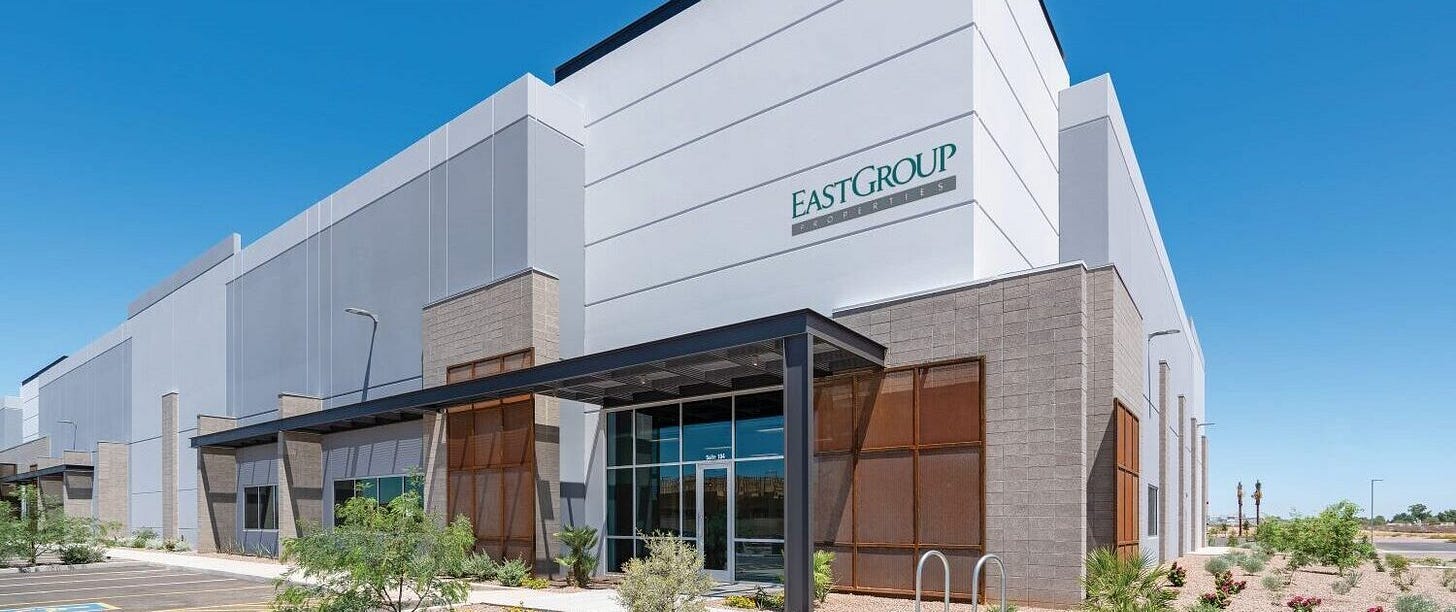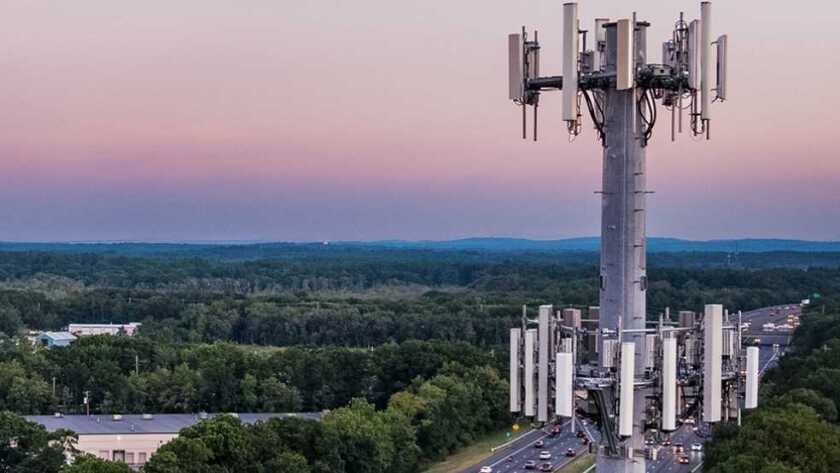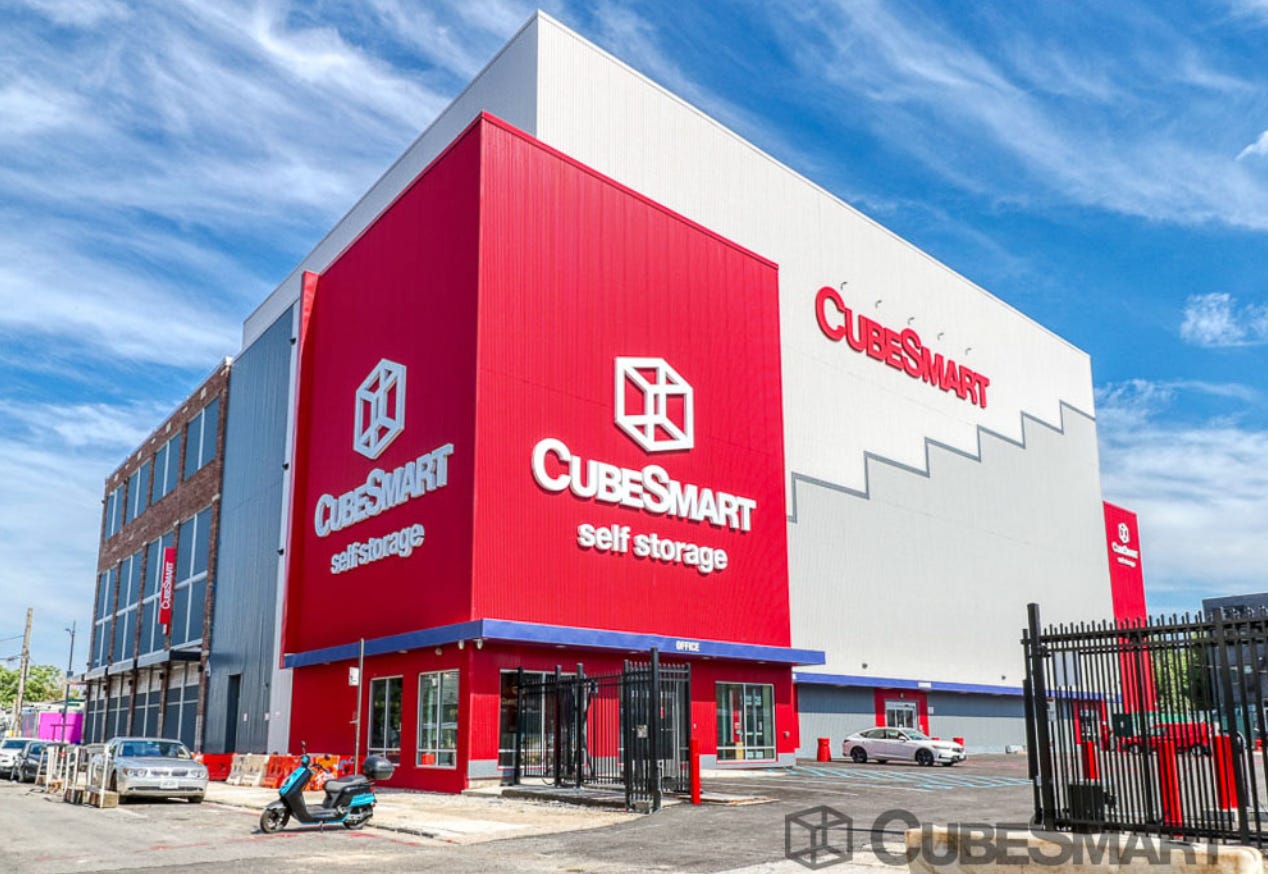Winners and Losers: How AI Will Reshape Property Sectors
In a recent article, I argued that artificial intelligence is set to cause one of the biggest wealth transfers of our time, not because it lifts everyone, but because it creates a flood of losers. AI tears down barriers to entry and makes it radically easier to launch a business, triggering a flood of new competition across the economy. As a result, margins compress, profits shrink, and valuations collapse for most businesses. No sector is immune; anything that can be automated, digitized, or commoditized is at risk.
You can read that article by clicking here.
But here’s the twist — real estate could emerge as one of the biggest winners.
As AI drives deflation, interest rates are likely to fall in the coming years, and that is a huge tailwind for real estate. Lower rates mean lower cap rates, which generally push valuations higher.
On top of that, as investors pull capital from vulnerable, deflation-prone businesses and look for yield and scarcity, real estate becomes increasingly attractive. AI can replicate most things, but it cannot replicate land or buildings. In a world that's going virtual fast, tangible assets with real utility and scarcity become more valuable.
Of course, not all real estate is equal. Some sectors will benefit far more than others, and some could actually suffer. AI is not a rising tide that lifts all boats, it is a technological tsunami that will elevate some and wash away others.
In this article, I break down which property sectors are best positioned to benefit from AI, and which ones you might want to avoid. In the coming weeks, we expect to use this analysis as we make new additions to our portfolio and recycle capital from some REITs into others, so stay tuned for that.
Property Sectors Likely to Benefit
1. Data Centers
AI runs on compute. Compute runs in data centers.
As the world races to build and deploy larger models, faster inference engines, and real-time AI services, demand for data center infrastructure is exploding. Hyperscalers like Microsoft, Google, and Amazon are signing multi-year leases or building their own facilities. Construction activity is at an all-time high, and even that's not enough to keep up with demand.
Data center REITs like Digital Realty (DLR) and Equinix (EQIX) own the physical buildings that make it possible. They are poised to benefit from:
Accelerating rent growth
Lucrative development opportunities
Potentially compressing cap rates from rising investor demand
While valuations may already reflect some of this optimism, the fundamental demand tailwind is real and persistent.
2. Industrial
Industrial REITs benefit from multiple AI-driven tailwinds.
First, AI is set to supercharge e-commerce. Better marketing, smarter logistics, and cheaper and faster delivery will push more commerce online. That means greater demand for fulfillment centers and last-mile logistics facilities.
Second, AI is expected to fuel a boom in new business formation, many of which will need industrial space.
Third, onshoring is back. AI-powered robotics is reducing labor constraints, making domestic manufacturing competitive again.
Finally, industrial rooftops are becoming solar goldmines. AI increases power needs, and industrial REITs are capitalizing by installing rooftop solar at attractive yields.
Some facilities may even transition into data centers over time, offering long-term optionality.
3. Cell Towers
AI is not just about data storage, it is also about data flow. More AI means more bandwidth, and more edge computing means lower latency requirements.
Cell tower REITs will benefit from:
Rising mobile data consumption
5G densification and edge computing
AI-enabled devices requiring low-latency infrastructure
They are essential to the backbone of the digital world, and AI only strengthens that position.
4. Self Storage
The self-storage sector is also emerging as a surprisingly strong and underappreciated beneficiary. AI is making physical goods cheaper and more abundant, leading to increased consumption and clutter, especially in urban settings where living space is limited.
At the same time, AI is disrupting traditional employment, causing more geographic mobility as people retrain, relocate, or downsize, classic catalysts for self-storage demand.
It is also fueling a surge in solopreneurship and microbusinesses, many of which turn to self-storage as a flexible, low-cost solution for inventory, equipment, and operations.
On the operational side, AI is already improving self-storage through dynamic pricing, predictive maintenance, and customer behavior modeling, and it is only getting better. These tools will allow operators to optimize occupancy, reduce costs, and enhance profitability without scaling staff.
5. Timberland
Timberland may also quietly emerge as one of the biggest winners. As autonomous vehicles reduce the burden of commuting, suburban and exurban living becomes more attractive, boosting demand for rural land and housing.
At the same time, AI is streamlining construction with automated design, robotics, and 3D printing, accelerating development outside city centers and increasing the value of timberland, especially as it’s rezoned for housing.
Timberland is also well-positioned to benefit from the push for renewable energy. Land in sunny regions can be converted into solar farms, and new dual-use models combining forestry and energy production are gaining traction.
As AI increases productivity and drives down the cost of goods, physical consumption rises, lifting demand for wood in packaging, logistics, and affordable modular housing.
On top of that, the surge in carbon emissions from energy-hungry AI systems is fueling demand for high-quality offsets. Timberland offers a compelling solution.
Meanwhile, AI is also improving timberland operations themselves—enhancing yield forecasts, reducing fire risks, and optimizing sustainability.
In short, timberland offers inflation protection, income, and multiple avenues for long-term upside in an AI-driven world.
6. Ground Leases & Net Leases
These sectors stand out for one key reason: duration.
Ground lease and net lease REITs benefit from long-term, contractual cash flows that are often structured to grow over time. As interest rates fall, which we expect in a deflationary AI-driven economy, these income streams become more valuable.
Investors will increasingly view them as bond replacements, making them attractive in a yield-starved environment. With stable, predictable income and minimal operational risk, ground leases and net leases are well-positioned to outperform.
7. Life Science Buildings
As AI accelerates drug discovery and biomedical research, the pace of experimentation is set to surge, driving demand for high-quality wet lab space. AI is already enabling faster molecule screening, predictive modeling, and personalized treatment development, all of which require physical labs for validation and testing.
At the same time, AI could also fuel a boom in biotech startup formation. Barriers to entry are falling, and the race to develop breakthrough therapies is intensifying. Therefore, more companies will soon compete for top-tier lab space, particularly in major research hubs. Even tech giants are entering the biotech arena, bringing deep capital and ambition to the sector.
With a rapidly aging population and many diseases still lacking effective treatments, the economic incentive for innovation is enormous. This will likely lead to a major expansion in R&D activity. Unlike traditional offices, the demand for wet lab space doesn’t disappear in a digital world because it remains essential for experiments. AI could make life science properties far more productive, and in turn, potentially more valuable.
Property Sectors Likely to Suffer
Keep reading with a 7-day free trial
Subscribe to High Yield Landlord to keep reading this post and get 7 days of free access to the full post archives.



